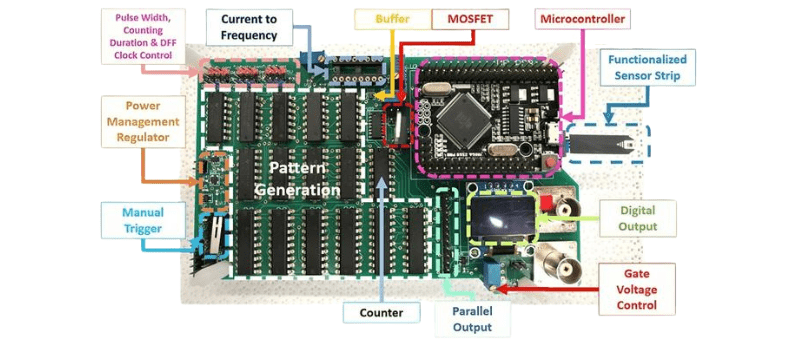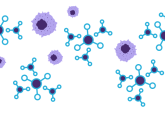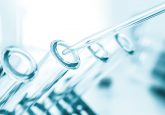When diagnosing breast cancer, a simple saliva test might do the trick

Breast cancer is the most frequently detected cancer globally, with procedures for detection including such as mammograms, MRIs, ultrasounds or biopsies. Despite carrying significant downsides for patients and clinicians, these procedures are considered to be the ‘gold standard’ for breast cancer detection. Researchers from the University of Florida (FL, USA) and National Ming Chiao Tung University (Taipei, Taiwan) have proposed an alternative diagnostic technique; a hand-held biosensor, which uses a small sample of saliva.
Non-invasive, rapid and low-cost screening for breast cancer is imperative for reducing the burden on patients and for improving accessibility to diagnostic techniques in remote or low-income countries. Using paper test strips treated with target-specific antibodies that subsequently interact with HER2 and CA15-3 proteins, Hsiao-Hsuan Wan and his team developed an alternative to traditional breast cancer diagnostic techniques, which can be produced for a fraction of the cost.
“In many places, especially in developing countries, advanced technologies like MRI for breast cancer testing may not be readily available,” Wan said. “Our technology is more cost-effective, with the test strip costing just a few cents and the reusable circuit board priced at $5. We are excited about the potential to make a significant impact in areas where people might not have had the resources for breast cancer screening tests before”.
The invasiveness of traditional techniques combined with low-dose radiation exposure, high cost and the need for specialist equipment and support make them suboptimal and inaccessible to many. The biosensor, developed by Wan and his team, only requires a small saliva sample and is simpler to operate than the current standard. Once saliva is administered onto the strip, electrical pulses are sent to the biosensor’s electrical contact points, causing the biomarker to bind to the antibodies and alter the charge and capacitance over the electrode. This results in a change in the output signal, which can be measured and interpreted to indicate how much biomarker is present in the sample.
You may also be interested in:
- miRNA biomarker as an indicative tool for breast cancer recurrence
- Multiplexed paper-based biosensor for point-of-care testing
- Now that’s what I call biosensors
“The highlight for me was when I saw readings that clearly distinguished between healthy individuals and those with cancer,” continued Wan. “We dedicated a lot of time and effort to perfecting the strip, board, and other components. Ultimately, we’ve created a technique that has the potential to help people all around the world. Imagine medical staff conducting breast cancer screening in communities or hospitals. Our device is an excellent choice because it is portable — about the size of your hand — and reusable. The testing time is under five seconds per sample, which makes it highly efficient.”
The biosensor is able to detect HER2 and CA15-3 at concentrations of up to 1 femtogram per millilitre, a detection limit significantly lower than conventional enzyme-linked immunosorbent assays. This combined with it’s simplicity of operation and efficiency makes it an ideal technique for widespread public use for early detection of breast cancer.
Source: Wan H-H, Zhu H, Chiang C-C et al. High sensitivity saliva-based biosensor in detection of breast cancer biomarkers: HER2 and CA15-3. J. Vac. Sci & Technol. 42(2) (2024).






